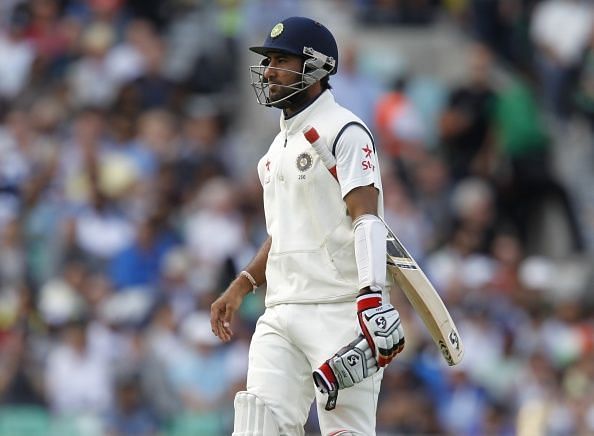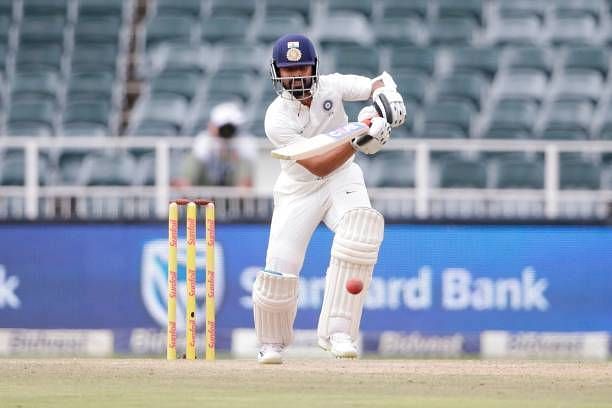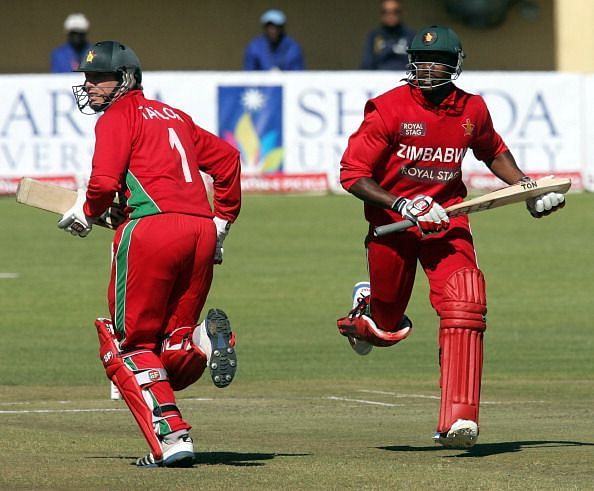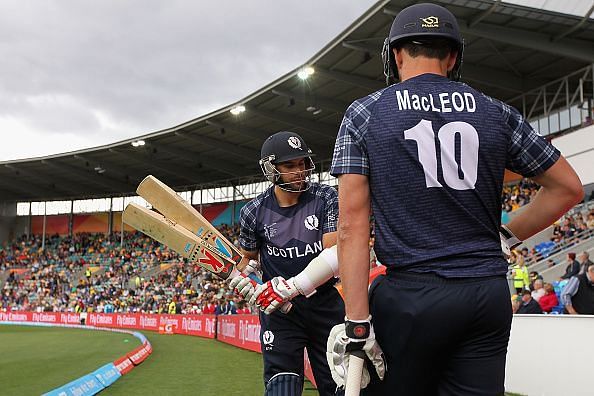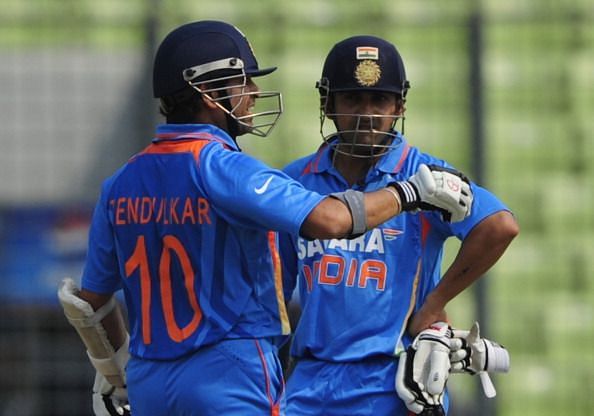Hosts England and India are all set to square off for the tenth time in a bilateral series in England. While England have won six of these, and India just two (with one tied), the visitors don’t have to look back far for inspiration. They won the last bilateral series the two sides played on English soil, in 2014.
So, what should we expect in this short series between two of the most exciting teams in One-Day Cricket at the moment?
England in England- a strong proposition

Since World Cup 2015, England have won 28 ODIs in their own country. No other team has won as many in a single country in the same period. They have lost just 8, giving them in a Win/Loss Ratio of 3.50- the best for any team who has played at least 10 ODIs in a given country. Their batsmen average 44.32 in these games and have scored at a stunning rate of 6.51 runs per over. Needless to say, these are also the best numbers in the 40 months since the last World Cup. A gentle reminder- the next World Cup is in England. Without a doubt, England would start among the favorites.
In this period, in Home ODIs, they have the most scores in excess of 250 (25), 300 (18), and 400 (3). While England have scored a lot of runs batting first, the cornerstone to their successful run has been their ability to chase down whatever target is set by the visiting sides. In 21 completed chases at home in this period, England have lost only 3 games and tied 1. Their win/loss ratio while chasing goes up to an impressive 5.66. To put things into perspective, India, with chasers of repute like their captain Virat Kohli have a Win/Loss ratio of 1.00 at home.
Runs- Lots of Runs
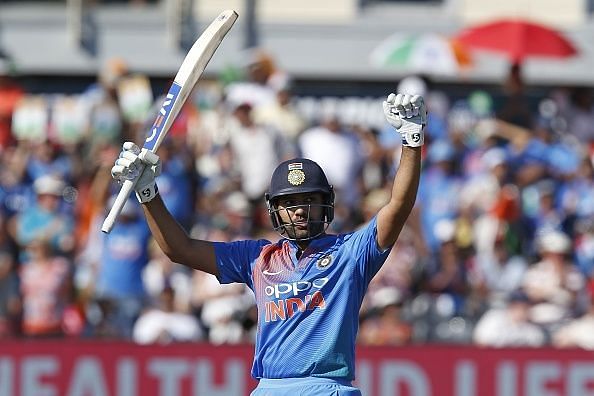
While England have scored the quickest in the ODIs since the World Cup, at 6.26 runs per over, Team India is not far behind- tied with Australia at the second spot. As far as batting averages go, the Indian batsmen have scored more than 45 runs per wicket lost- more than four runs per wicket more than the next best. And who is the next best? England, of course! The two teams between themselves account for 1 out of every 3 ODI totals of 300 or more in this period.
The most individual centuries in the format in this period have come from the bats of the Indians- 17. Rohit, Dhawan, and Kohli share 14 of these between themselves. The English batsmen with 15, are number 2 on the list. The bowlers will already be thanking their stars that it is just a three-match series.
The first ODI of the series will be played at the Trentbridge in Nottingham. In the last two completed ODIs here, the team batting first scored 444/3 and 481/6, respectively- both World Records.
England’s Bowling Woes
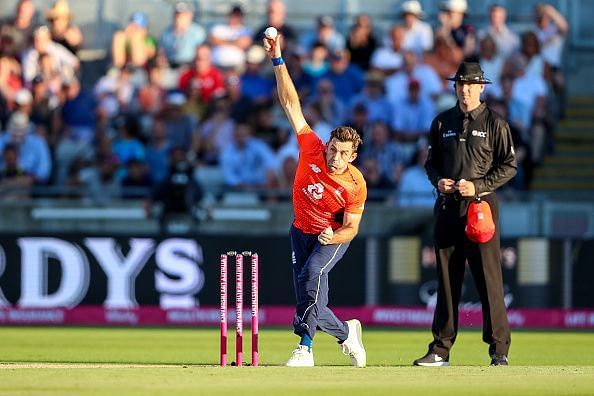
While England’s batsmen have been piling on the runs, their bowlers have been busy conceding them. Even though opposition bowlers have bled runs in England, the English bowlers too have been accorded similar treatment. Only the Irish have a poorer economy rate than the Englishmen at home and only Sri Lanka fares worse across all ODIs in this period. Among full members, India has the best bowling average- a tad above 32. England concede more than 36 runs per wicket and do better than only Pakistan, West Indies, and Sri Lanka.
Only two English bowlers, who have played at least 20 home games in this period, have a bowling average below 30- Adil Rashid and Liam Plunkett. And all of them concede in excess of 5.30 runs per over. That is, on average, a minimum of 53 runs in a completed 10-over spell. While the English have churned out 15 ODI centuries since the last World Cup, their bowlers have been at the receiving end of 14- the most for any team. India, in stark contrast, comes way down at number 7, with only 7 centuries scored against them. On 11 occasions, the English bowlers have conceded 300 or more in this period. No team has conceded more. And 8 of these 11 instances have been at home.
India’s Wrist-Spin Threat
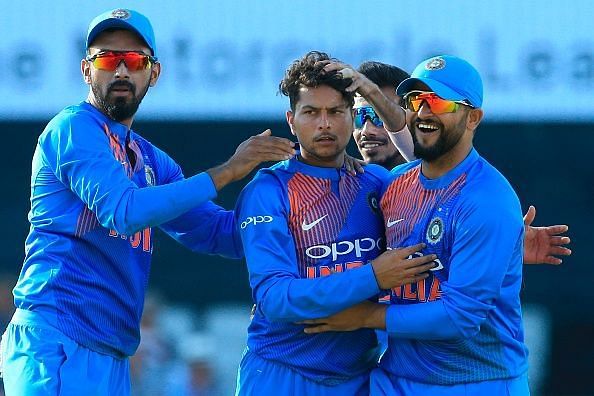
That India has always been a batting giant has never been doubted. Sunil Gavaskar, Sachin Tendulkar, Virat Kohli- India have churned out the greatest in almost every decade in the last 40 years. But, with England having the batting to match up to the visitors for once, it’ll be up to the bowlers to make all the difference in the world. And if recent form is anything to go by, they may well be up to the challenge. Especially, the twin wrist-spinners- Yuzvendra Chahal and Kuldeep Yadav.
In the last 12 months, spinners have picked up 84 wickets for India in ODIs- the most among full members, after Afghanistan. Their bowling average of 26.13 is also second only to Afghanistan. The English tweakers, on the other hand, concede almost 8 runs more than the Indians per wicket taken. 4 times an Indian spinner has taken 4 or more wickets in an innings over the last 365 days. Again, only Afghanistan do better. However, it needs to be noted that only 2 of Afghanistan’s games came against a Team ranked in the Top 9.
Since the last World Cup, Kuldeep and Chahal have picked up 82 wickets between themselves at an average of less than 21, and an economy rate of 4.78. The other Indian spinners have picked up 112 wickets in the same period, at an average of almost 45, and an economy rate of almost 6. These numbers tell the story of the impact that the two Indian wrist spinners have had.
However, it may not be the same joy ride for them in this stories. Alex Hales and Joe Root average in excess of 130 in ODIs since the World Cup against wrist spin. Four other English batsmen average more than 40 against the same, with only Moeen Ali and Ben Stokes not doing well. At home, the record gets scarily better for England. Only 3 wickets have been lost for 697 runs against wrist-spin. This series will, without a doubt, be the most daunting one for India’s spin twins yet. However, if the recent 5 T20Is against Ireland and England are anything to go by, the two are more than up for the challenge.
All Photos: Getty Images

